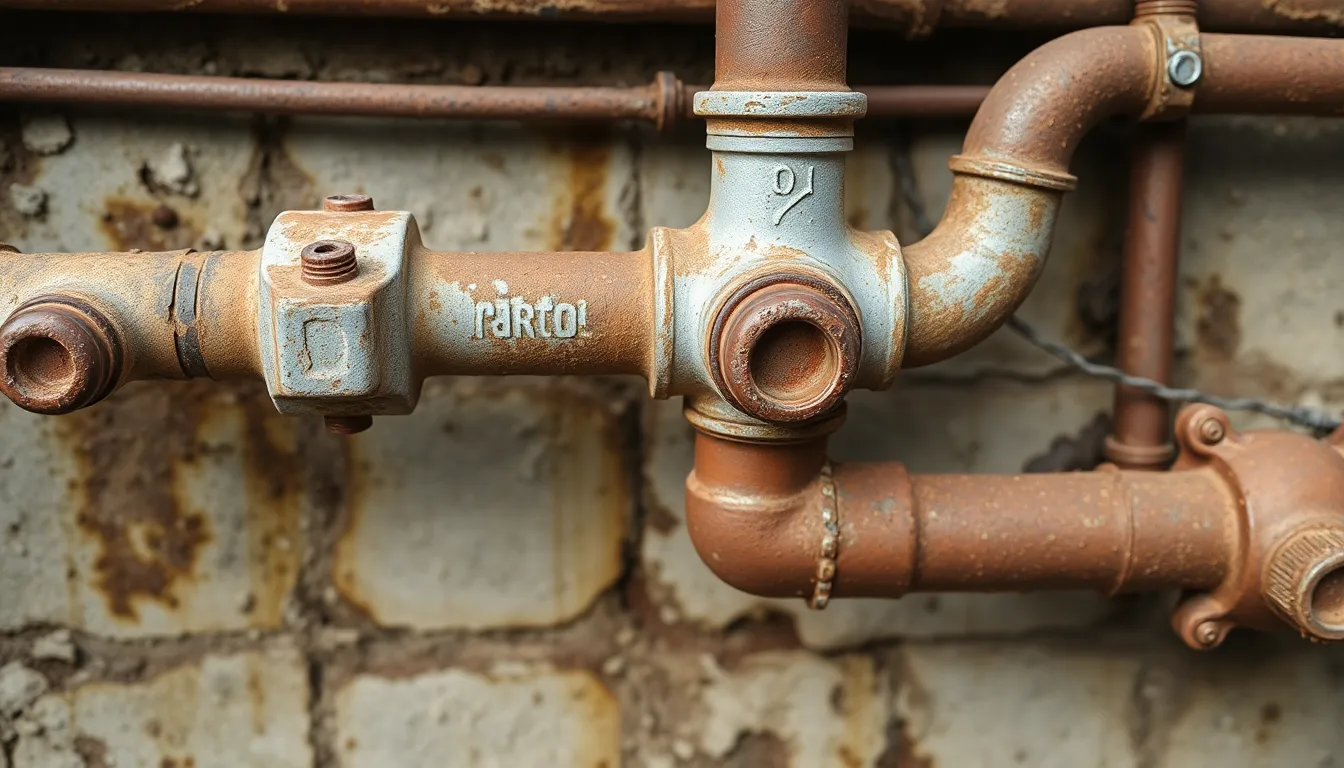Imagine waking up to the sound of dripping water echoing through your home, or worse, a sudden burst pipe flooding your kitchen. These scenarios aren’t just inconveniences; they can signal deeper plumbing issues lurking beneath the surface. Homeowners often overlook the subtle signs that indicate a plumbing system upgrade is necessary, from inconsistent water pressure to frequent clogs that disrupt daily life.
Recognizing these signs early can save time, money, and stress in the long run. This article delves into the telltale indicators that it’s time to consider an upgrade, shedding light on how an efficient plumbing system can enhance both comfort and safety in your home. Understanding these crucial signs empowers homeowners to take proactive steps, ensuring their plumbing remains reliable and effective for years to come.
Common Signs of Plumbing Issues
Identifying plumbing issues early helps maintain an efficient plumbing system. Look for these common signs that indicate the need for an upgrade.
Frequent Clogs
Frequent clogs may indicate problems with the pipes or drainage system. Multiple occurrences of blockages in various fixtures suggest an underlying issue, such as tree roots invading the pipes or buildup within the system. Homeowners experiencing this problem should investigate the root cause, as persistent clogs can escalate into severe plumbing problems.
Slow Drains
Slow drains signal that the plumbing system may require an upgrade. A gradual decrease in drainage speed often points to accumulated debris, grease, or foreign objects within the pipes. Homeowners with this experience may face backup situations, leading to unsanitary conditions. Addressing slow drains promptly prevents further complications and ensures effective water flow throughout the home.
Unexplained Water Bills
Unexplained spikes in water bills can indicate hidden leaks or inefficiencies within the plumbing system. Homeowners noticing a substantial increase, despite unchanged usage habits, should inspect for potential leaks or faulty fixtures. Such issues can lead to significant water waste and increased utility costs. Finding and addressing the source quickly helps promote a more efficient plumbing system while controlling expenses.
Age of Your Plumbing System
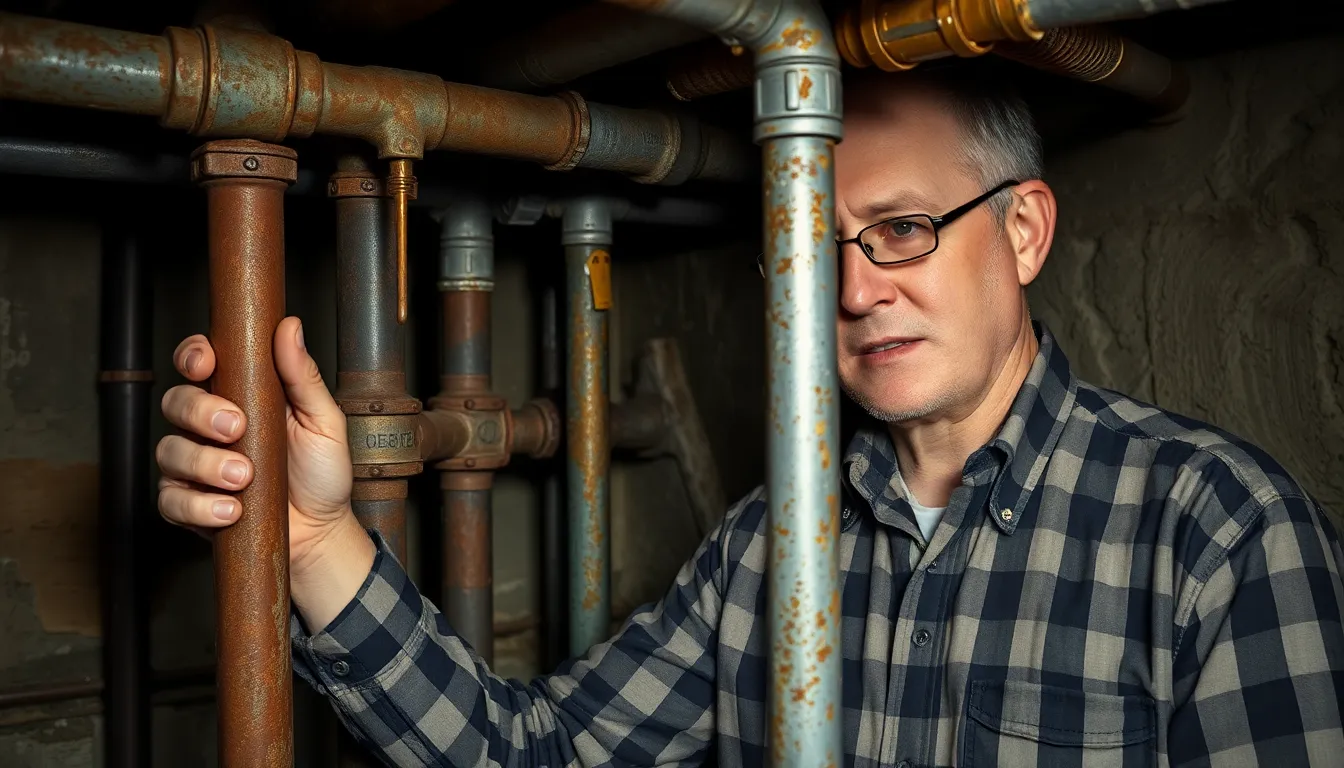
The age of a plumbing system significantly affects its performance and reliability. Plumbing systems typically have a lifespan that depends on the materials used and the level of maintenance they receive.
Older Materials
Older plumbing systems often use materials like galvanized steel, cast iron, or polybutylene. These materials are more susceptible to corrosion and leaks compared to modern alternatives like PVC and PEX. Homeowners with plumbing systems older than 30 years should consider an assessment, as outdated materials can lead to significant plumbing issues and safety hazards.
Frequency of Repairs
Frequent repairs can indicate that a plumbing system needs an upgrade. If a homeowner consistently calls for services like drain cleaning and repair or pipe replacements, the plumbing system may no longer be reliable. Statistics show that homes requiring more than two repairs per year often indicate deeper underlying issues, necessitating a complete system evaluation. Repeated repairs not only add to costs but can also disrupt daily life, enhancing the urgency for an upgrade.
Water Quality Concerns
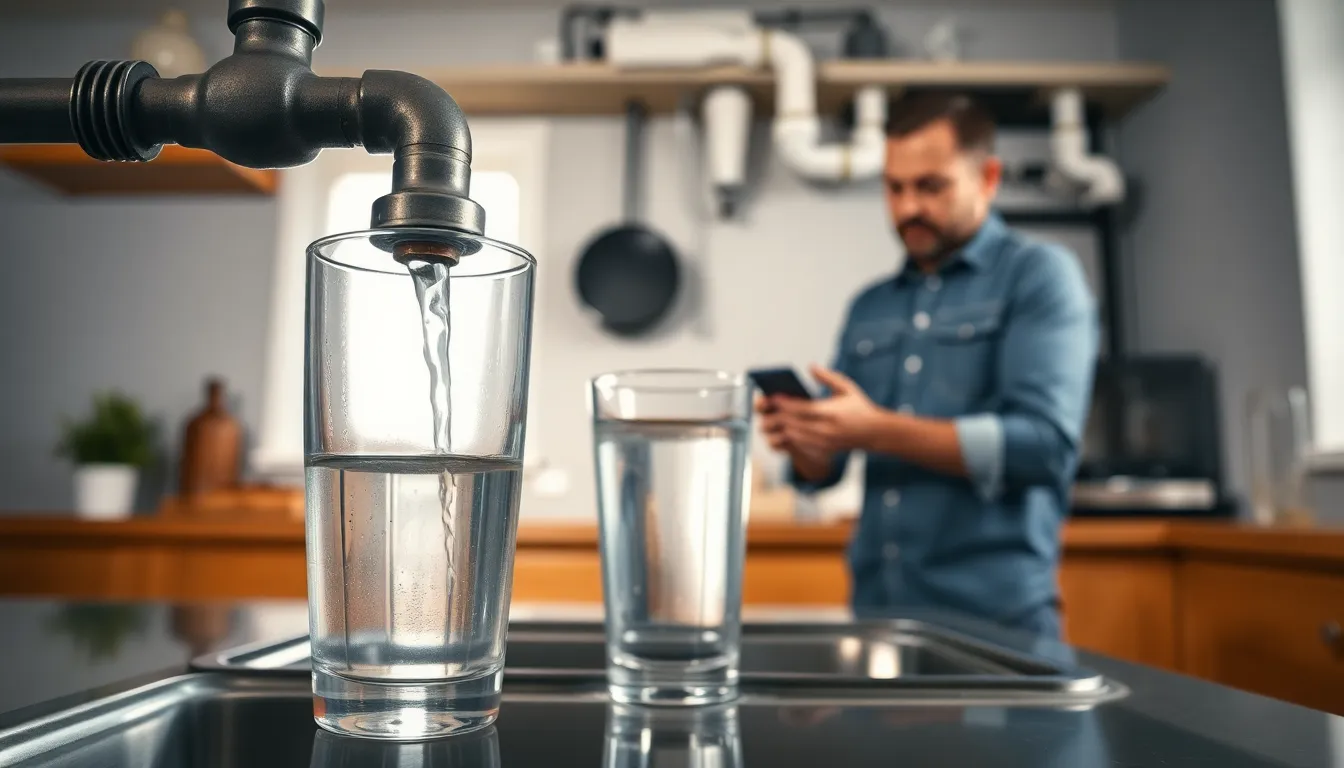
Water quality issues often signal the need for a plumbing system upgrade. Monitoring water quality is crucial for maintaining a healthy home environment.
Discolored Water
Discolored water often indicates corrosion within pipes. Rust can seep into the water supply when metal pipes deteriorate, affecting water’s appearance and quality. An assessment of plumbing infrastructure is essential if water appears brown, red, or yellow. Significant discoloration may suggest the presence of contaminants, pinpointing the necessity for immediate evaluation and potential replacement of old or damaged piping.
Unpleasant Odors
Unpleasant odors in water frequently arise from bacteria or decaying organic matter within plumbing systems. A foul smell may indicate contamination requiring swift attention. If water emits a sulfur-like odor, it may signal issues with the water heater or deteriorating piping. Addressing such concerns is critical for ensuring water safety and overall health. Homeowners should contact a professional service for thorough inspection and remediation if odors persist.
Inefficient Water Usage
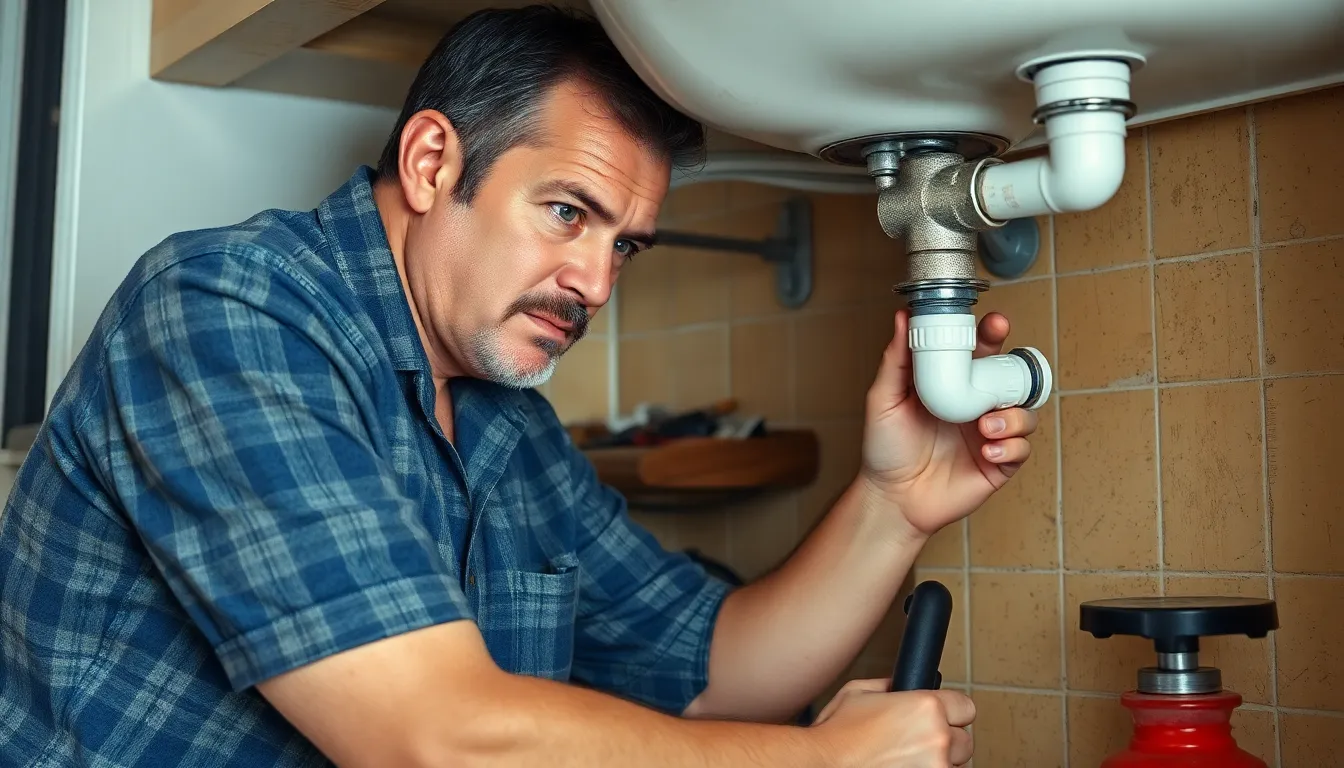
Inefficient water usage often indicates issues within the plumbing system that require attention. Homeowners should be vigilant about signs that suggest a need for an upgrade.
Low Water Pressure
Low water pressure can signify blockages, leaks, or old piping materials. When the water flow from taps or fixtures drops significantly, it affects daily tasks and overall convenience. Homeowners should investigate causes like mineral buildup within pipes or damaged fixtures. If these problems persist, a complete plumbing evaluation may reveal underlying issues needing resolution.
Inconsistent Water Temperature
Inconsistent water temperature can disrupt comfort and appliance efficiency. Fluctuations in hot and cold water might indicate a malfunctioning water heater or plumbing fluctuations. Homeowners experiencing these variations should check the heater’s performance and consider professional inspection. Frequent inconsistency can lead to inadequate heating and increased energy bills, highlighting the importance of addressing potential system upgrades.
Conclusion
Recognizing the signs that a plumbing system needs an upgrade is essential for maintaining a safe and efficient home. Homeowners should remain vigilant for issues like frequent clogs, low water pressure, and discoloration in water. These indicators not only affect daily comfort but can also lead to more serious problems if left unaddressed.
Investing in a plumbing upgrade can save time and money in the long run. By taking proactive steps and consulting professionals when necessary, homeowners can ensure their plumbing systems function optimally. Prioritizing these upgrades enhances overall home safety and comfort, creating a more enjoyable living environment.
Frequently Asked Questions
What are common signs that indicate a plumbing system upgrade is needed?
Homeowners should look for signs like inconsistent water pressure, frequent clogs, unexplained spikes in water bills, and discolored water. If repairs exceed two per year, or if the plumbing system is over 30 years old, it’s time to consider an upgrade.
How can frequent clogs signal deeper plumbing issues?
Frequent clogs may indicate underlying problems like damaged pipes or blockages in the drainage system. These issues can lead to more severe complications if left unaddressed, so it’s essential to investigate the root cause.
What does low water pressure indicate about my plumbing?
Low water pressure can suggest blockages, leaks, or aging pipes. These problems can disrupt daily activities. Homeowners should investigate the causes and, if issues persist, consider a complete plumbing evaluation.
Why is discolored water a concern for homeowners?
Discolored water, often brown, red, or yellow, typically signals corrosion in pipes and possible contamination. This issue requires immediate evaluation, as it poses health risks and may necessitate piping replacement.
When should I consider a plumbing system assessment?
Homeowners should consider a plumbing assessment if their system is over 30 years old or requires more than two repairs annually. These signs often indicate deeper issues that could lead to costly repairs if not addressed promptly.
